|
by Marriott_Guy and Ferry Groenendijk (Special Guest Contributor) |
|
|
With the release of their highly successful Super Famicom (SNES) console, Nintendo firmly cemented its place as one of the top
hardware developers in the world. Never one to rest on its laurels, Nintendo was eager to start development on their next
project. They turned to one of their most successful designers, Gunpei Yokoi, to lead this project. At the time, Mr. Yokoi was already a legend within the company. In addition to being an integral part of the development teams for both the Famicom and Super Famicom, he was also the creator of their Game & Watch series and the handheld giant Game Boy. Based upon his impressive resume, Nintendo empowered Mr. Yokoi with full control over the development process of their next console. Armed with this creative license, he set to work on his vision in early 1992, codenamed VR-32. According to the late Mr. Yokoi, his goal for this new system was to provide an entirely unique gaming experience rather than an updated version of the standard gaming consoles that had flooded the market. When Nintendo acquired exclusive rights to the innovative display technology developed by Reflection Technologies, Mr. Yokoi had just the right tool to turn his vision into 'virtual reality'. By utilizing dual displays, his team was able to create a simulated 3D gaming experience. After two years of development, VR-32, now officially named Virtual Boy, was ready to be unveiled to the gaming community. On November 15, 1994, Nintendo proudly displayed their upcoming new hardware in Japan at the Shoshinkai Exhibition (Famicom Space World '94). The impressions by the gaming pundits in attendance were less than favorable. While impressive graphics could be produced by the 32-bit based Sega Saturn and Sony PlayStation systems, the red and black visuals of the Virtual Boy paled in comparison. Though this negative reaction was discouraging to say the least, Mr. Yokoi was intent on using the feedback to further tweak his 3D gaming machine. The top brass at Nintendo thought otherwise. Having already invested millions, Nintendo was fervent to bring the Virtual Boy to market and realize a return on their investment. In spite of Mr. Yokoi's urgings that the system required further refinements, Nintendo proceeded to release the Virtual Boy in Japan on July 15, 1995, with the console debuting in the United States shortly thereafter (August 14). Mario's Tennis, Red Alarm, Galactic Pinball and Teleroboxer were the four games available at launch. Soon after its release, the Virtual Boy faced stiff competition with the aforementioned Sony PlayStation and Sega Saturn. While these two gaming giants could easily market the graphical capabilities of their respective systems through screen shots and video, the 3D experience of the Virtual Boy was not easily communicated through traditional media. Nintendo had to rely upon more text heavy print advertisements to promote their fledgling console. This proved to be a severe disadvantage, but was its sole encumbrance. Developing software for this new 3D technology was not an easy task. Being completely aware of this fact, Nintendo severely limited third party game development in an attempt to only release titles that truly made the Virtual Boy console shine. This strategy proved to be unwise, resulting in a severely limited game library. Concerns were also mounting regarding eye strain and associated long term damage to the gamer's vision (primarily increased myopia). When combined with ineffective marketing strategies, the Virtual Boy struggled mightily and missed their 1995 sales goal by nearly 50%. 770K total units were sold (140K in Japan, 630K on North America) versus a 1.5M target. In an attempt to revitalize their innovative yet floundering system, Nintendo initially planned a re-launch of the Virtual Boy in 1996. Dragon Hopper, Zero Racer and Bound High were completed and ready to be released. With over 30 other titles in development which included ports of the highly popular Golden 007 and Mario Land, the Virtual Boy team was optimistic that this expanded library would significantly increase market share. In contrast, the top level decision makers at Nintendo were extremely skeptical. With the majority of their resources being deployed on the development of a new project (Nintendo 64), Nintendo had no interest in further investment into what they considered an underperforming system. They officially pulled the plug on the Virtual Boy in late 1995, just five months after its initial release. Only 22 games would end up being officially released, with another 34 left on the cutting room floor. |
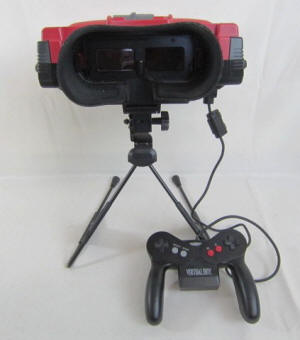 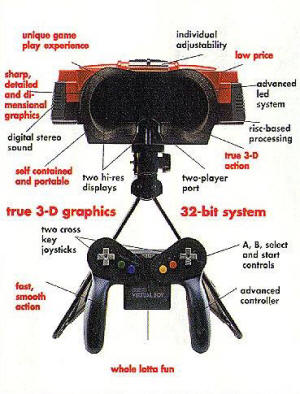 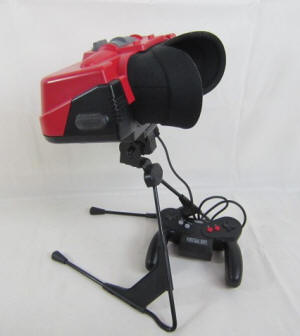 |
| The Virtual Boy has garnered a cult-like following throughout the years. Many homebrew games have been developed for the system and are freely distributed within the Virtual Boy community. Though generally considered to be a huge failure for Nintendo, the Virtual Boy is definitely one of the most innovative consoles that has ever been released. | |
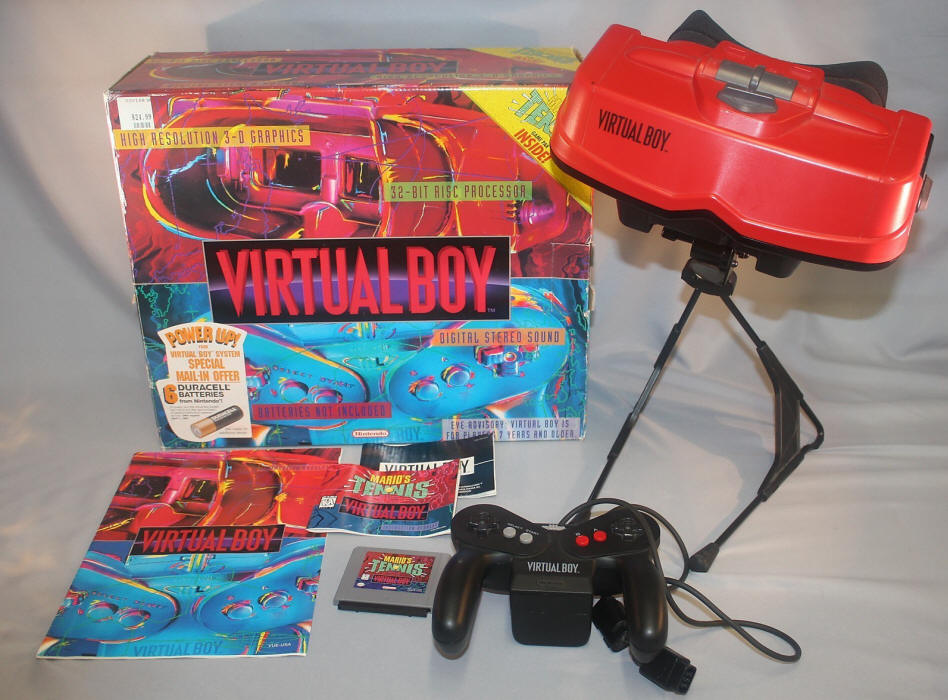 |
|
|






 2010s - NOTES
2010s - NOTES

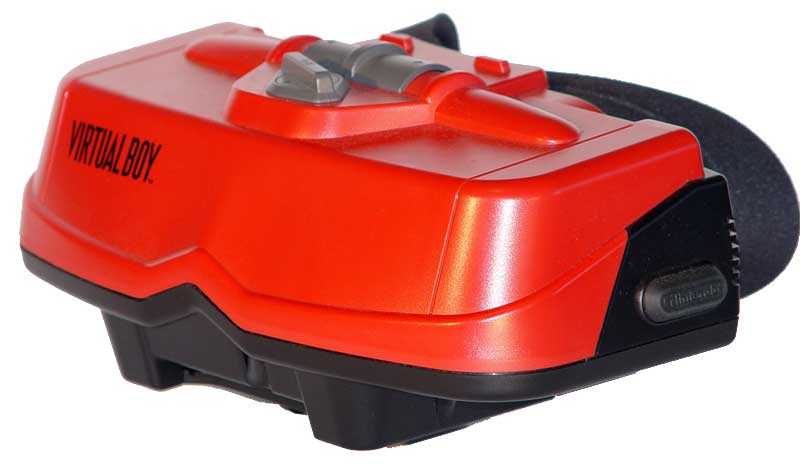
 MODELS
MODELS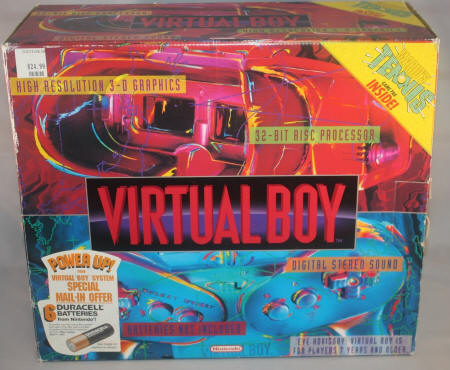
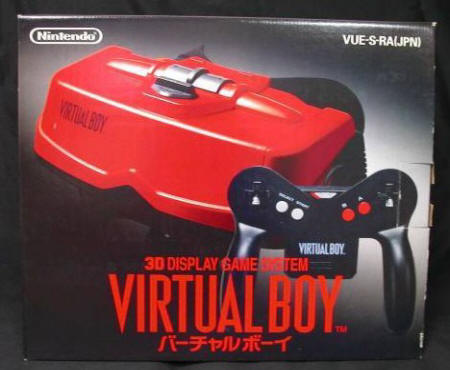
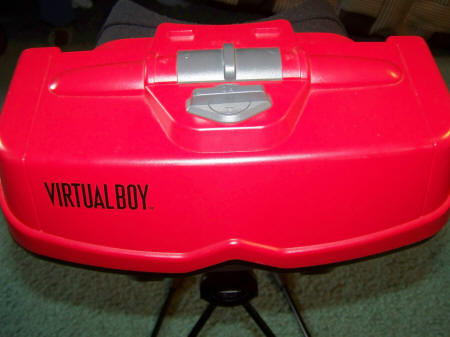
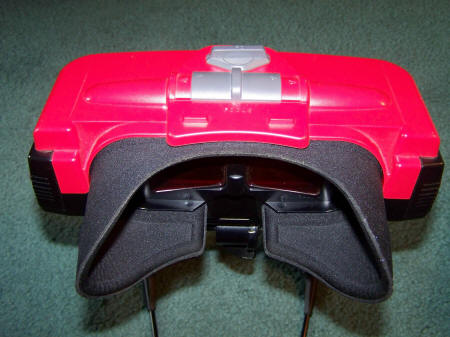
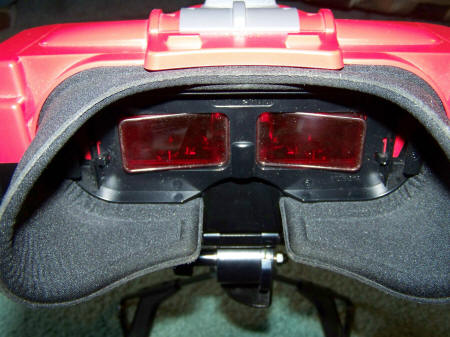
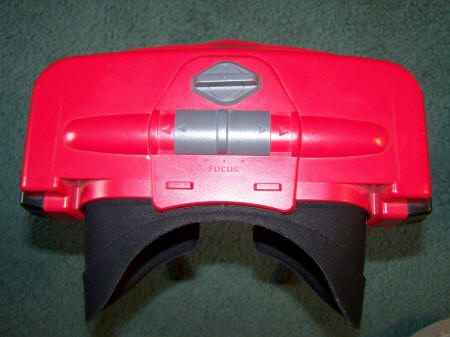
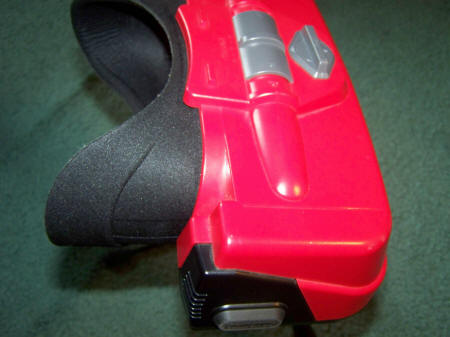
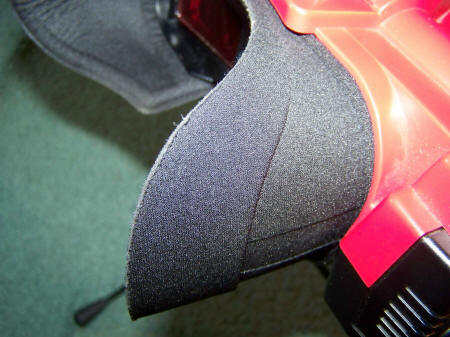
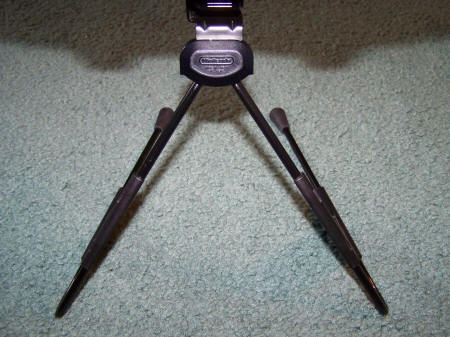
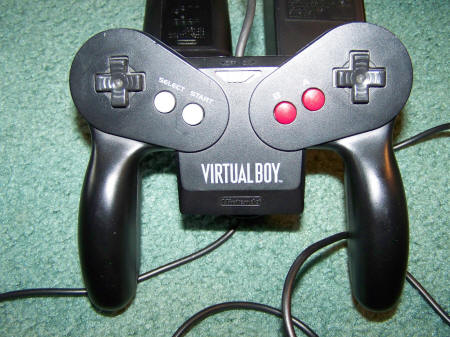
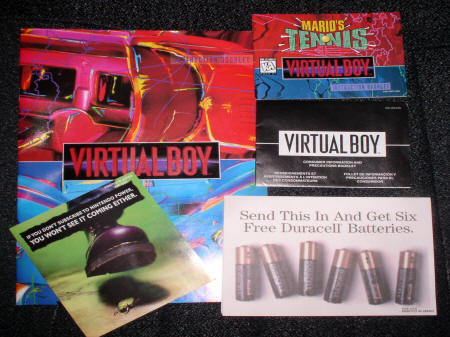
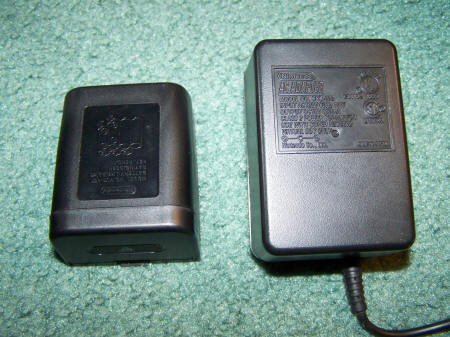
 CLONES
CLONES FORMAT, PACKAGING & GENERAL INFO
FORMAT, PACKAGING & GENERAL INFO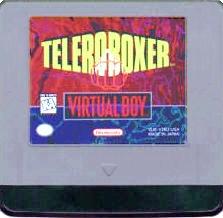
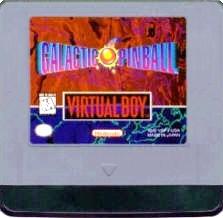
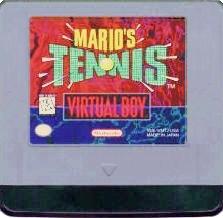
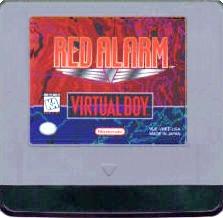






















 SCREENSHOTS
SCREENSHOTS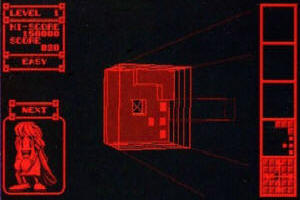
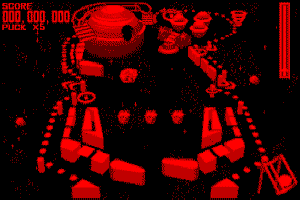
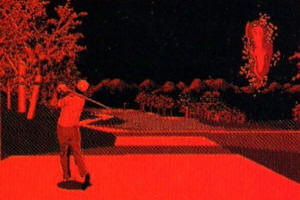
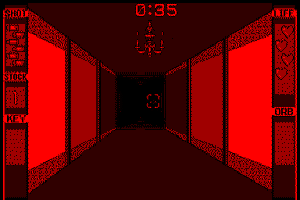
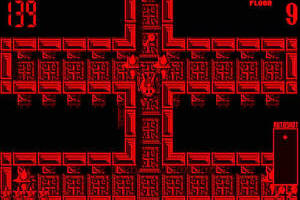
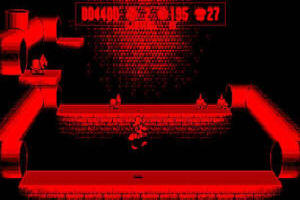
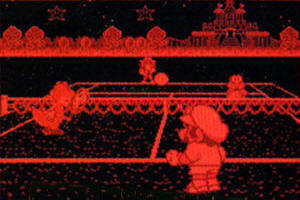
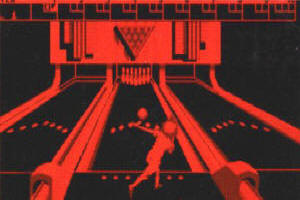
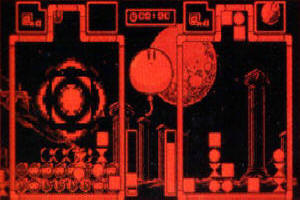
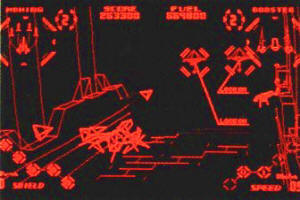
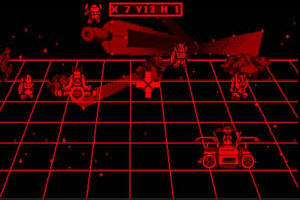
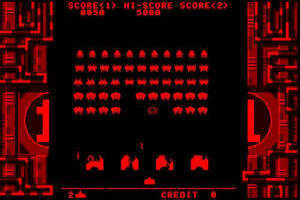
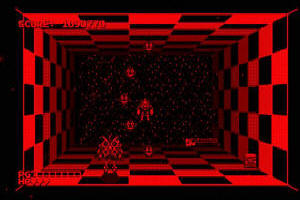
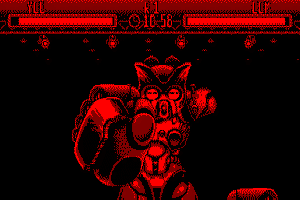
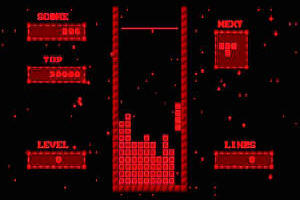
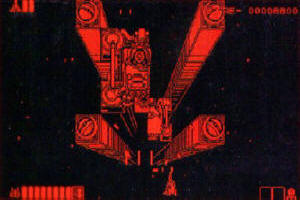
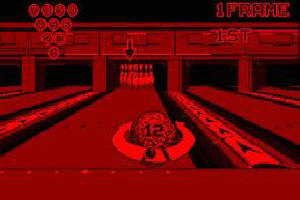
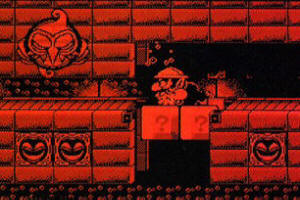
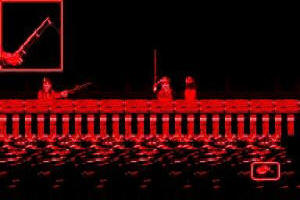
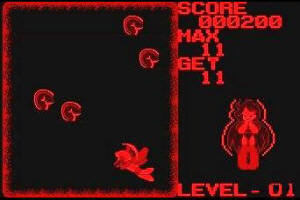
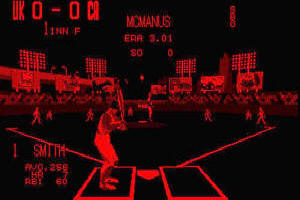
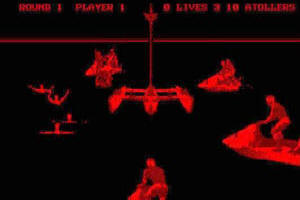

 EMULATION
EMULATION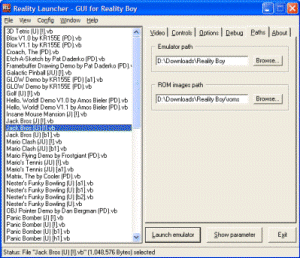
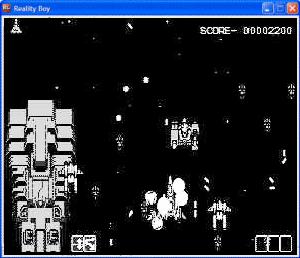
 SPECS & MANUALS
SPECS & MANUALS OTHER
MEDIA
OTHER
MEDIA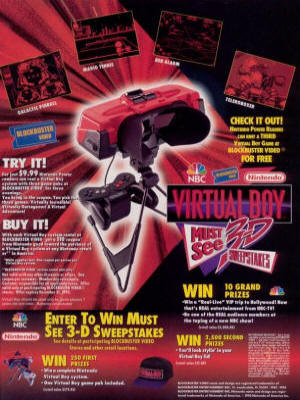
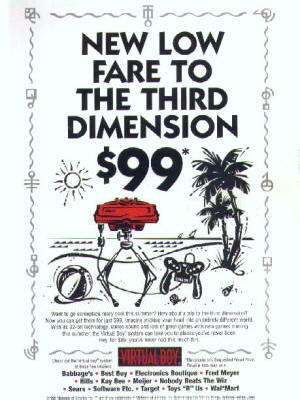
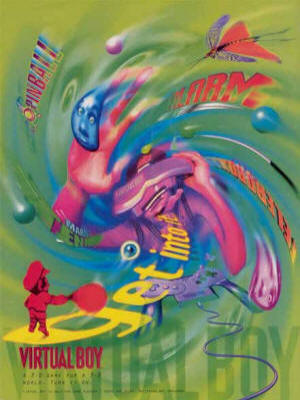
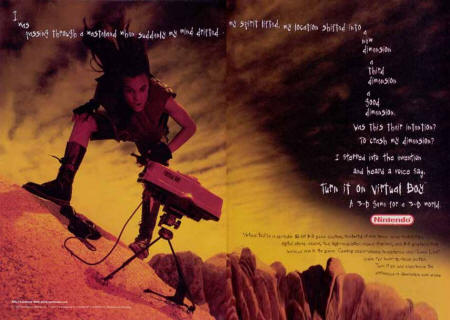
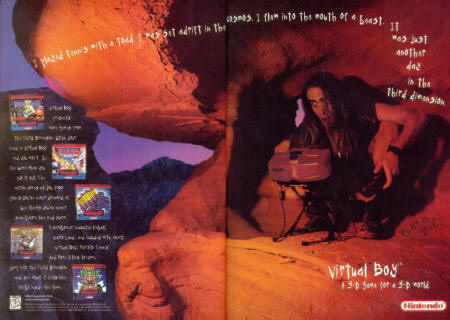
 WEB RESOURCES
WEB RESOURCES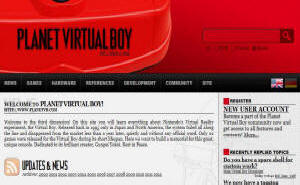
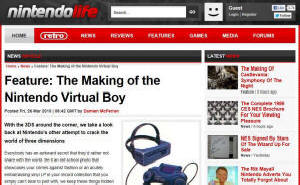
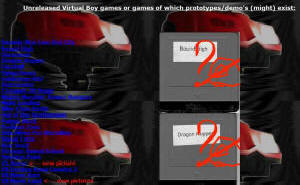
 DISCUSS
DISCUSS